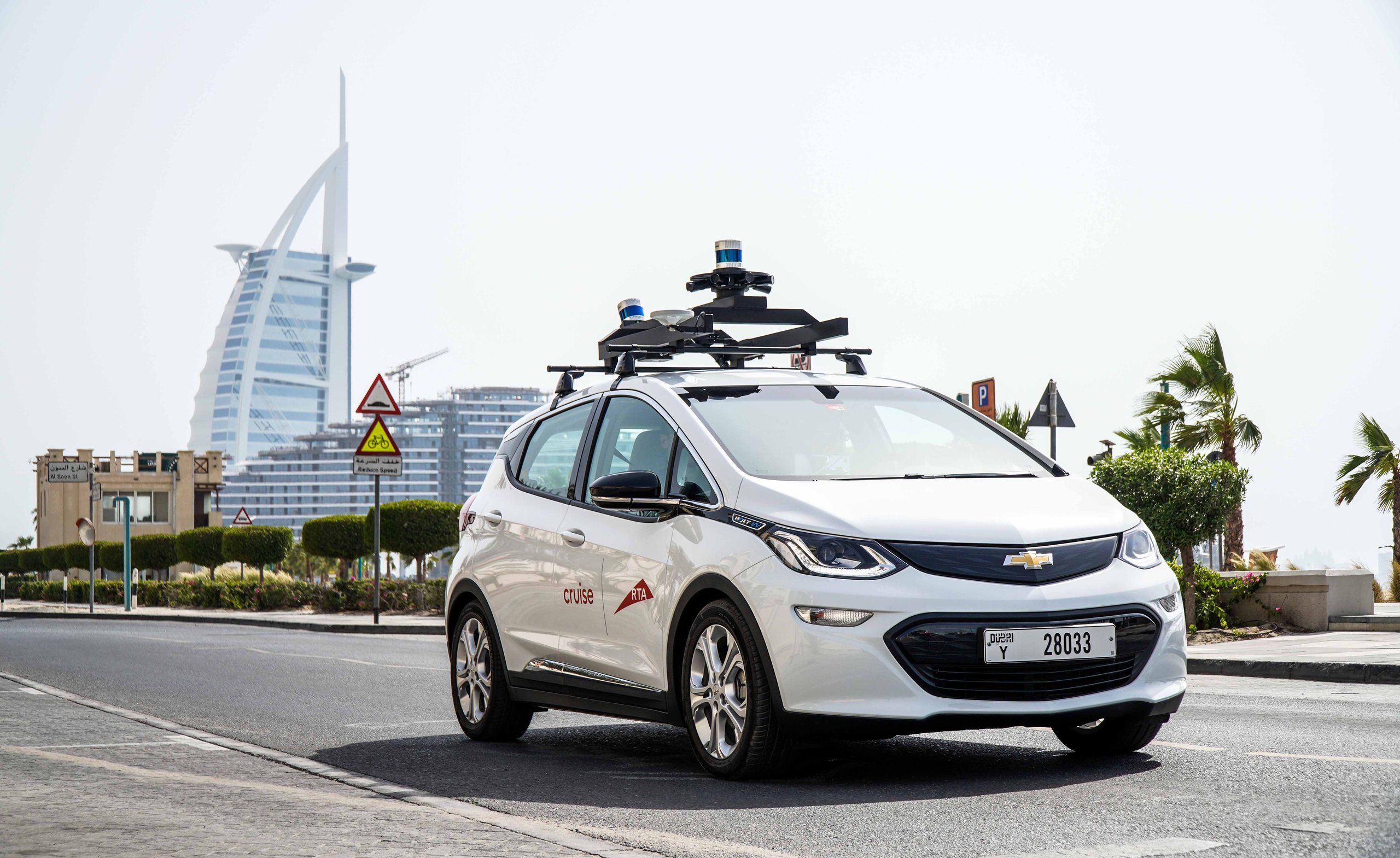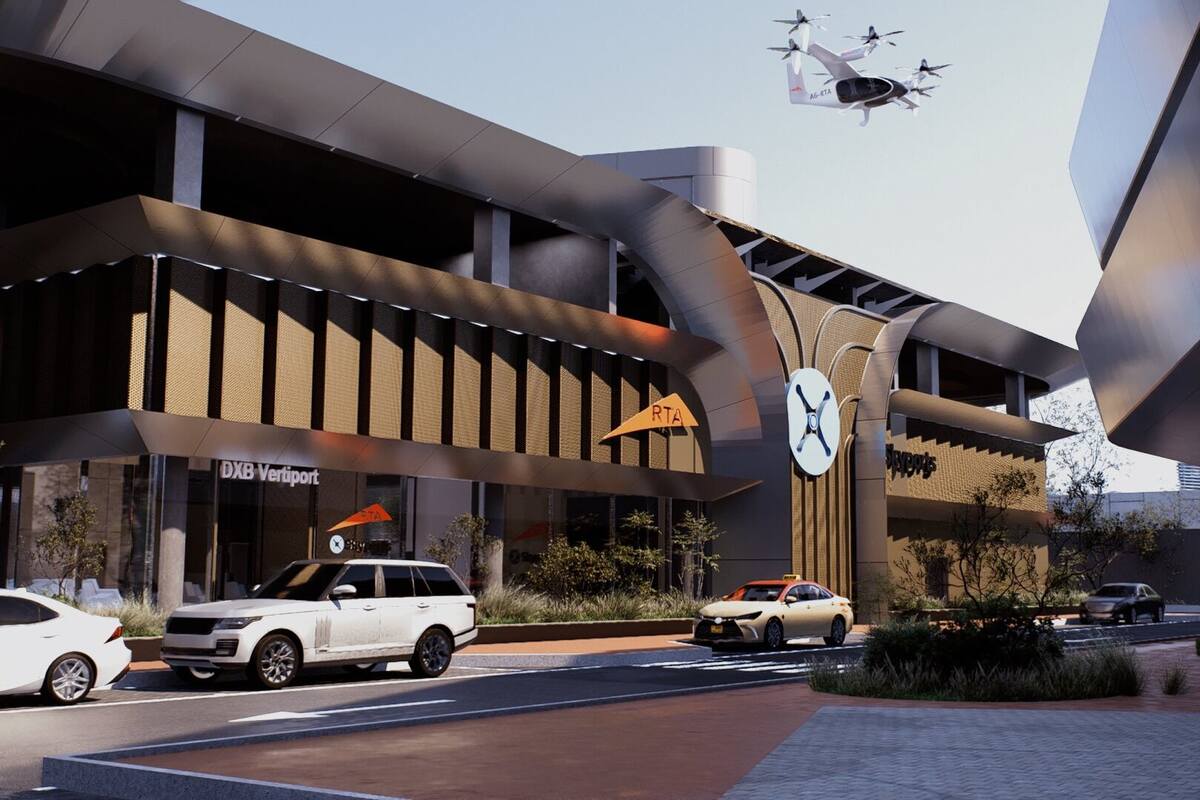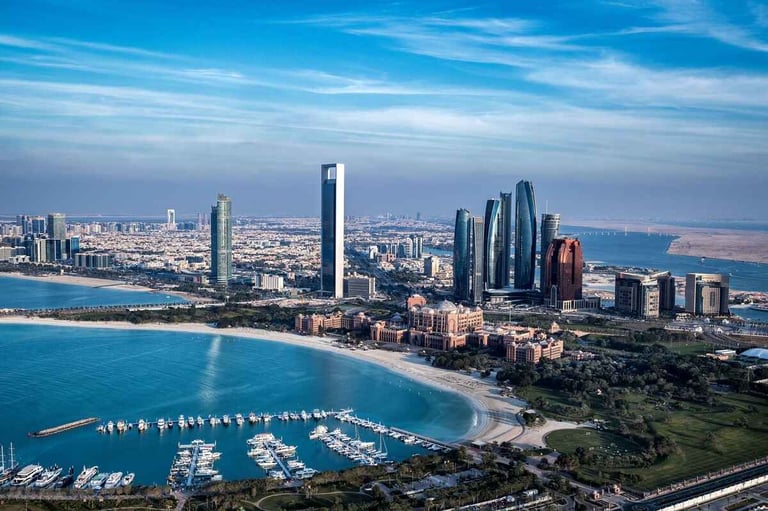Modern global mobility shifts result from technological progress and sustainability measures and policy changes. Smart transportation solutions along with electric mobility and autonomous vehicles have become the primary focus of transformation within the United Arab Emirates. The innovations serve both the UAE’s objective of economic diversification and sustainability objectives which makes the country a leading force in future mobility worldwide.
Key trends driving mobility evolution
Electrification and sustainable transport
Electric vehicle adoption serves as the key solution to decrease greenhouse gas emissions which fights against climate change. The government of the UAE wants EV adoption to reach up to 10 percent of total vehicles by 2030 as part of their strategic goals. The UAE dedicates substantial funding to build EV charging networks together with clean energy programs to enable this transition. Moreover, Dubai Electricity and Water Authority announced its plan for building 1,000 public EV charging stations which will improve charging accessibility in the emirate by 2025.
The adoption of electric vehicles receives essential support from government-sponsored incentives. The government has created several perks that apply to electric vehicle ownership such as complimentary enrollment and discounted toll rates along with parking expense waivers which encourages people to choose eco-friendly vehicles.

Autonomous and connected vehicles
Self-driving technology transforms transportation efficiency together with road safety because of its recent invention. The UAE government plans to introduce autonomous vehicles in their public transport because they strive to reach their 2030 target of 25 percent autonomous operations in Dubai. The Dubai Autonomous Transportation Strategy includes this initiative to boost mobility alongside the elimination of traffic congestion.
Vehicle-to-Everything (V2X) communication technology along with its integration will establish smarter mobility solutions. The technology enables vehicles to exchange information with both passing vehicles and framework elements to enhance traffic control and safety measures.
Mobility-as-a-Service (MaaS) platforms
Increasing market demand makes MaaS platforms function as novel systems to connect public transport with personal vehicles and shared mobility services. Ride-hailing services and car-sharing along with e-scooter rentals represent current market trends because customers wish to access flexible transportation solutions. AI-driven technologies on these platforms optimize routing while decreasing expenses simultaneously with environmental benefit which improves both efficiency and ease-of-use for urban transportation systems.

Innovations reshaping urban mobility
Smart traffic management and AI-driven infrastructure
The UAE brings together the Internet of Things and artificial intelligence along with big data analytics to handle traffic better while decreasing traffic problems. Smart cities execute initiatives to enhance traffic movement along with accident prevention measures for better urban mobility. Urban initiatives in smart cities work to manage traffic flows while using preventive measures to boost urban mobility. Urban planning acquires commuter demand information through predictive AI analytics systems to understand how infrastructure needs to modify due to population escalation and shifting mobility patterns.
Hyperloop and high-speed transit
The hyperloop technology holds the potential for fundamental transformation of regional connectivity networks in the UAE. The newly developed transportation system provides the possibility to travel between Dubai and Abu Dhabi within 12 minutes. The UAE government invests in both high-speed rail initiatives alongside sustainable transport corridors because these projects will improve economic connectivity while driving national expansion.

Flying taxis and urban air mobility
The government of Dubai allocates large financial resources to create VTOL flying vehicles and air taxi programs. Innovative new transportation systems have the ability to introduce multiple ways for people and goods transport to address urban traffic congestion issues. Drone technology requires solution to regulatory and safety challenges because they block public acceptance and operational success for transitioning to drone transport systems.

Role of policy and investment in mobility transformation
Government-led mobility strategies
The government of the UAE established The National Smart Mobility Strategy to lead transportation reforms across the country. The government implements regulations which advance EV adoption while developing smart infrastructure to enable autonomous vehicles as well as creating an environment that promotes electric vehicle usage. The development of free zones and smart mobility hubs serves as a catalyst for new innovation to enter the market and attract critical sector investments.

Public-private partnerships in transportation
Public-private partnerships represent a necessary tool for moving forward with mobility projects in the UAE. Different organizations unite to invest in EV charging networks while developing smart roads and AI-based mobility systems through joint initiatives between vehicle makers and technology providers along with urban planners. Initiatives receive support through financial schemes including both green bonds and impact investments that provide sustainable funding for future mobility projects.

Economic and environmental impact of future mobility
Reducing carbon emissions and greenhouse gases
A shift toward electrified energy systems along with renewable power forms represents a necessary step toward sustainable transportation achievements. The UAE meets worldwide climate targets through its enhanced EV infrastructure development together with its promotion of public transportation systems. The UAE has established initiatives to decrease both carbon emissions and air contamination through its effort to reduce fossil fuel consumption.
Light mobility innovation acts as a catalyst for enhanced economic growth rates
Smart mobility efforts create substantial impacts that modify economic expansion and create employment while changing urban patterns of development. Modern transportation solutions combine to upgrade tourism operations as well as logistics and commercial activities thus fostering economic adaptability. Through its ongoing investments in mobility technologies the UAE creates itself as a global innovation center and emerging leadership force in worldwide transportation systems.

Future of mobility in UAE
Everyday transportation throughout the UAE will reach a paradigm shift through the implementation of AI and 5G technology and automation. The government strategy for achieving net-zero mobility together with its smart city initiatives creates the necessary conditions to implement innovative transportation systems. The modernization of mobility technology requires businesses to invest in upcoming solutions as they transition toward the new mobility trends.

FAQs about future of mobility
EVs and self-driving cars will transform the transportation systems of the UAE which sector by what level?
Transportation system efficiency will increase and road safety and pollution reduction will happen in the United Arab Emirates due to electrical and autonomous vehicles.

Which functions do Artificial Intelligence systems contribute to constructing smart mobility system implementations?
Artificial Intelligence-based evaluation of traffic control systems facilitates both streaming traffic data prediction and users experience better mobility through its critical functions.
What government guidelines stand behind the upcoming mobility advances in UAE?
The National Smart Mobility Strategy operates in the UAE together with complementary policies which push electric vehicles and autonomous vehicles into creating future mobility systems.

The UAE establishes investments through public-private partnerships to advance its mobility sector.
Joint public and private sector collaborations enable the UAE to develop EV infrastructure systems and smart road networks along with state-of-the-art mobility solutions through private enterprise partnerships.
The upcoming decade will bring forth which mobility innovations hold the greatest promise?
The industry witnessed two major advancements with large-scale electric vehicle adoption alongside autonomous vehicle progress alongside the development of hyperloop systems and urban air mobility solutions.
Final word
Technological progress, governmental policies together with sustainability efforts define the mobility path of the UAE for the future. Innovation-driven national investments will position the nation as a worldwide leader in smart mobility. Together with autonomous technology integration and electrification alongside mobility service unification the UAE works towards improving its transportation environment and building a sustainable energetic and vibrant future.








